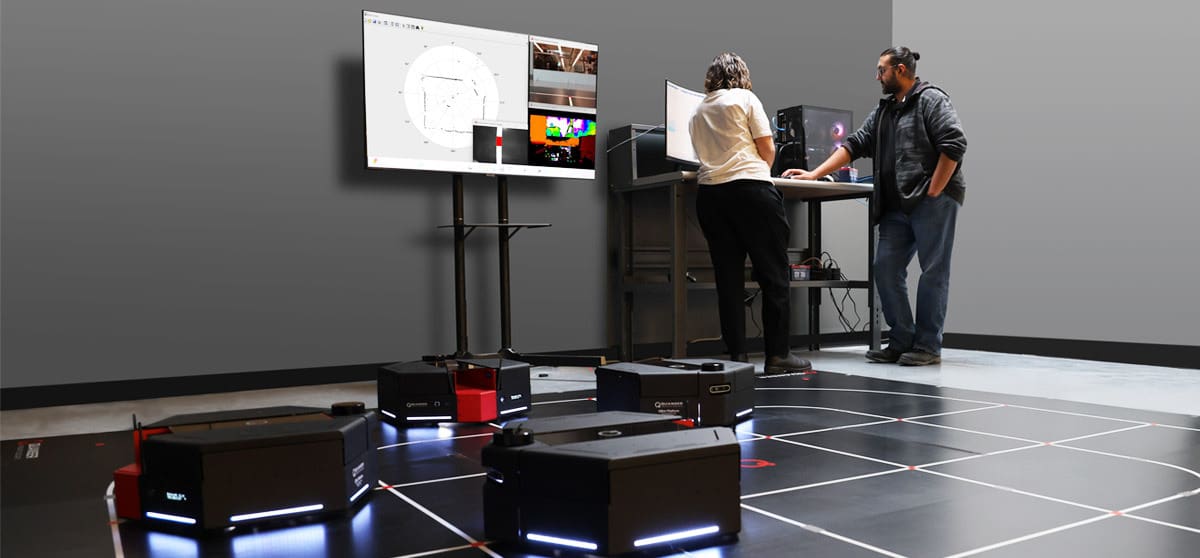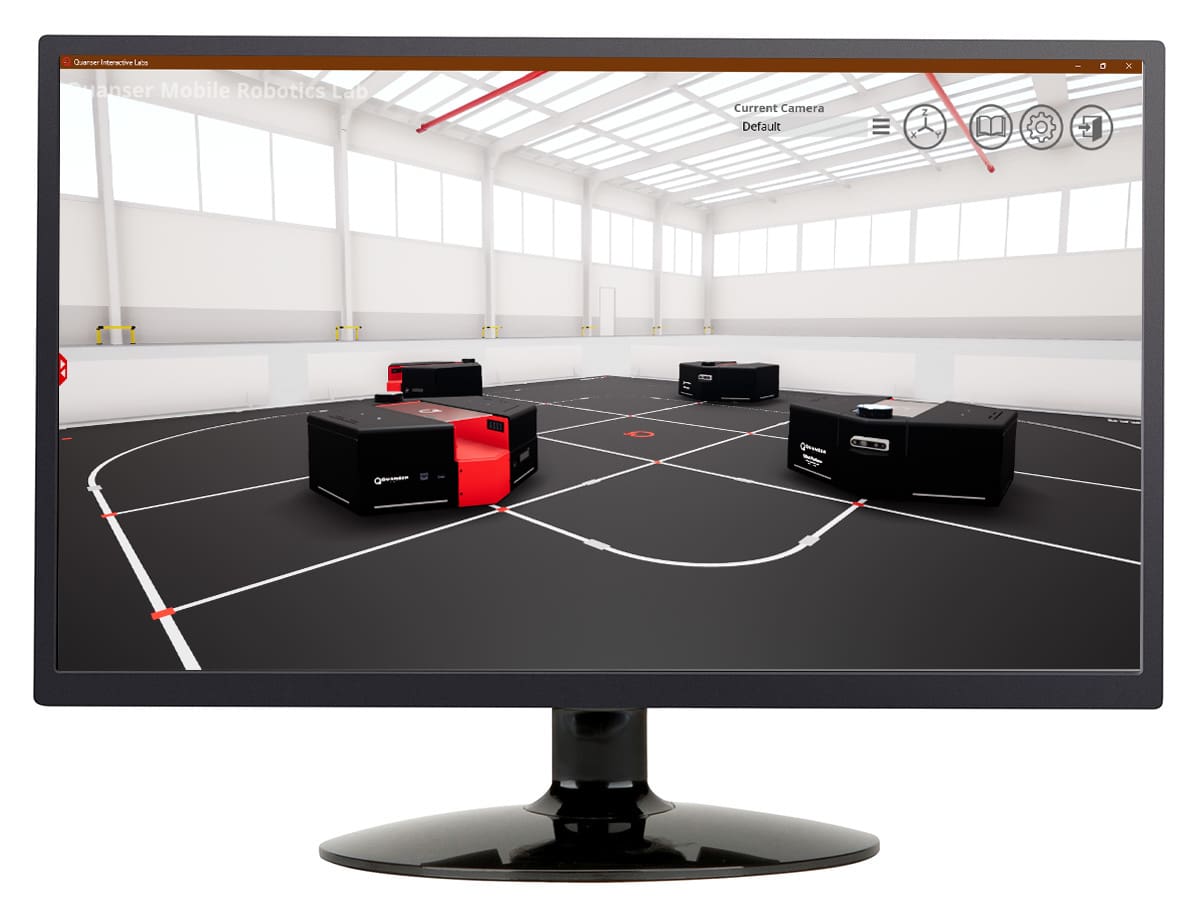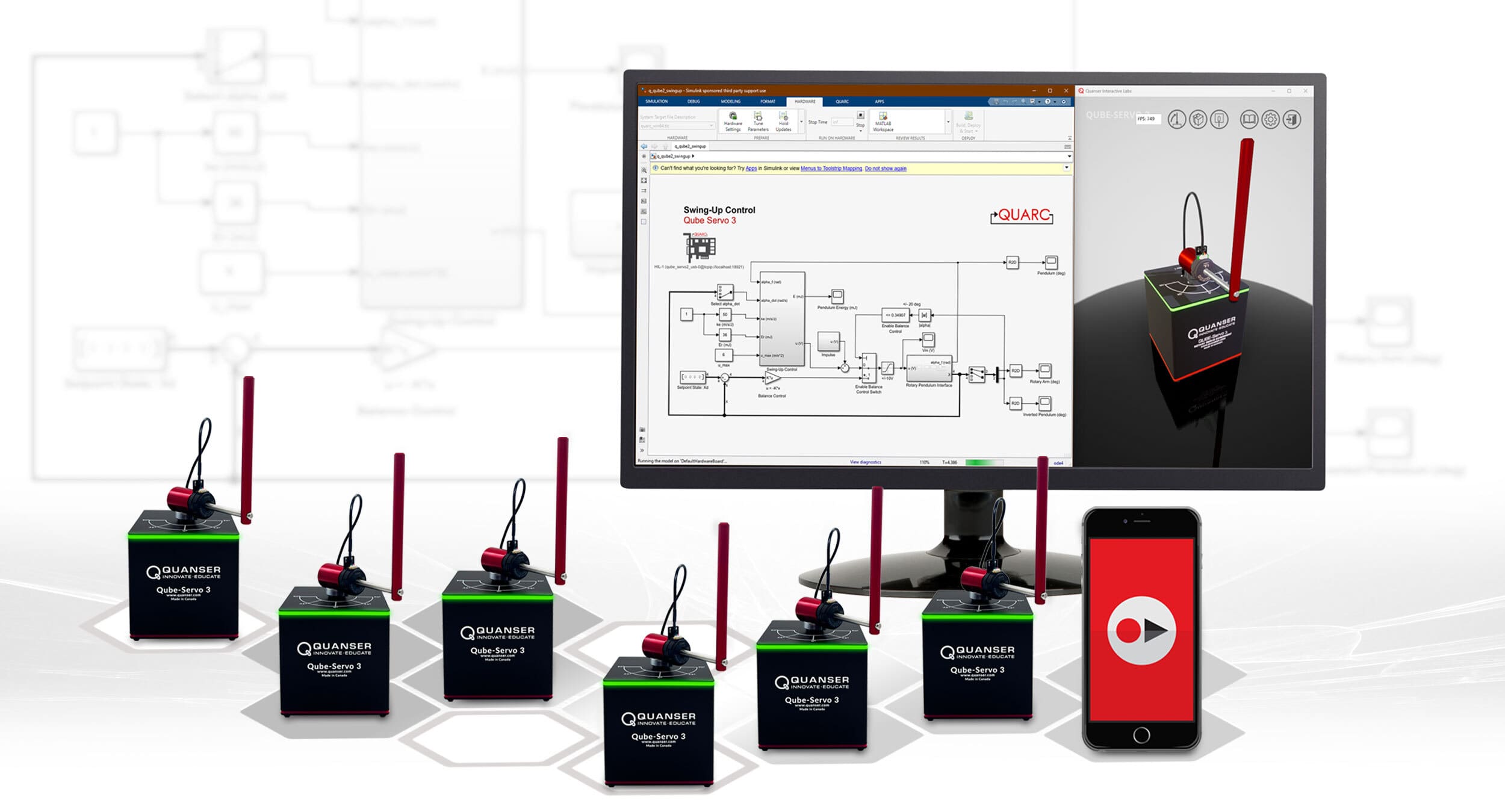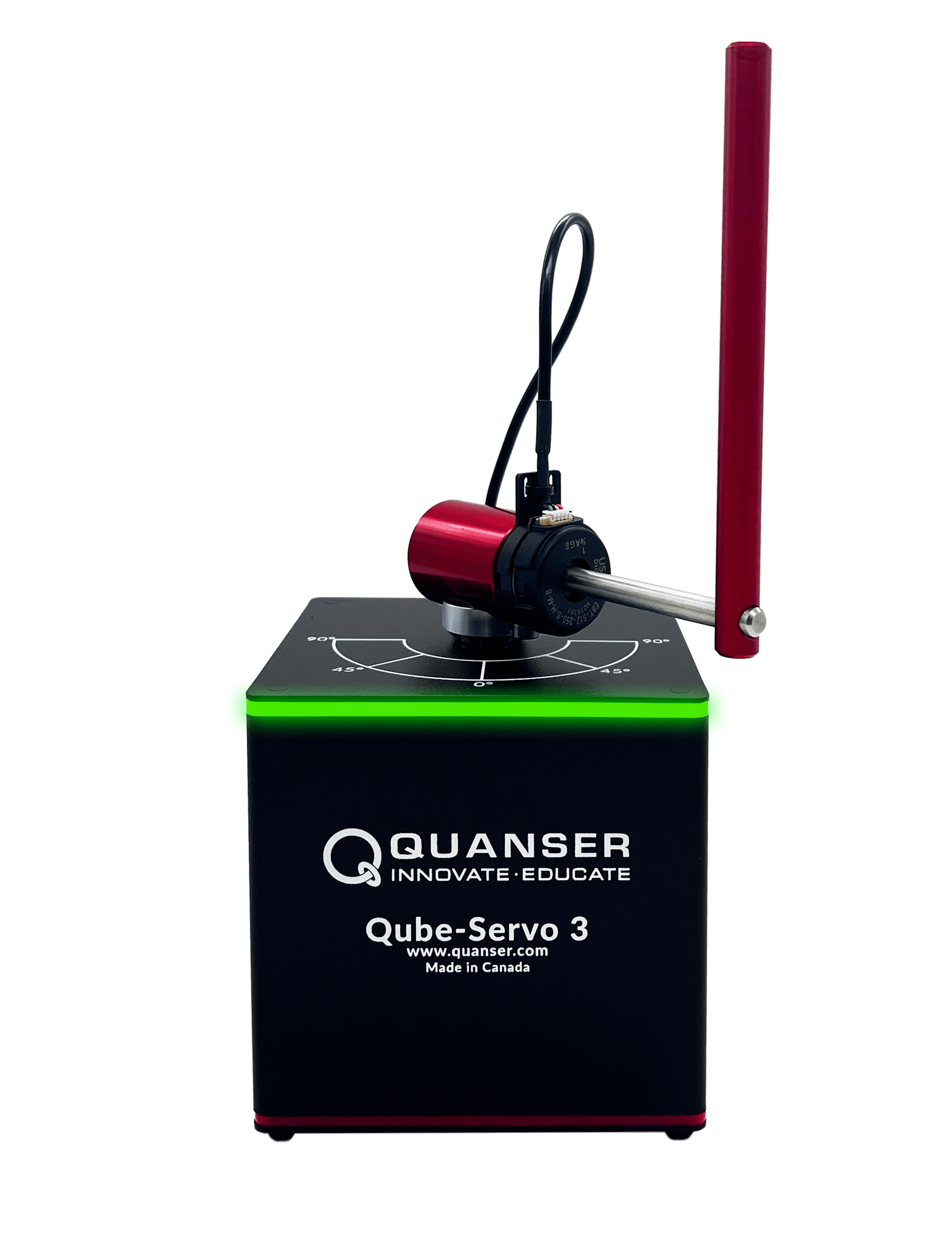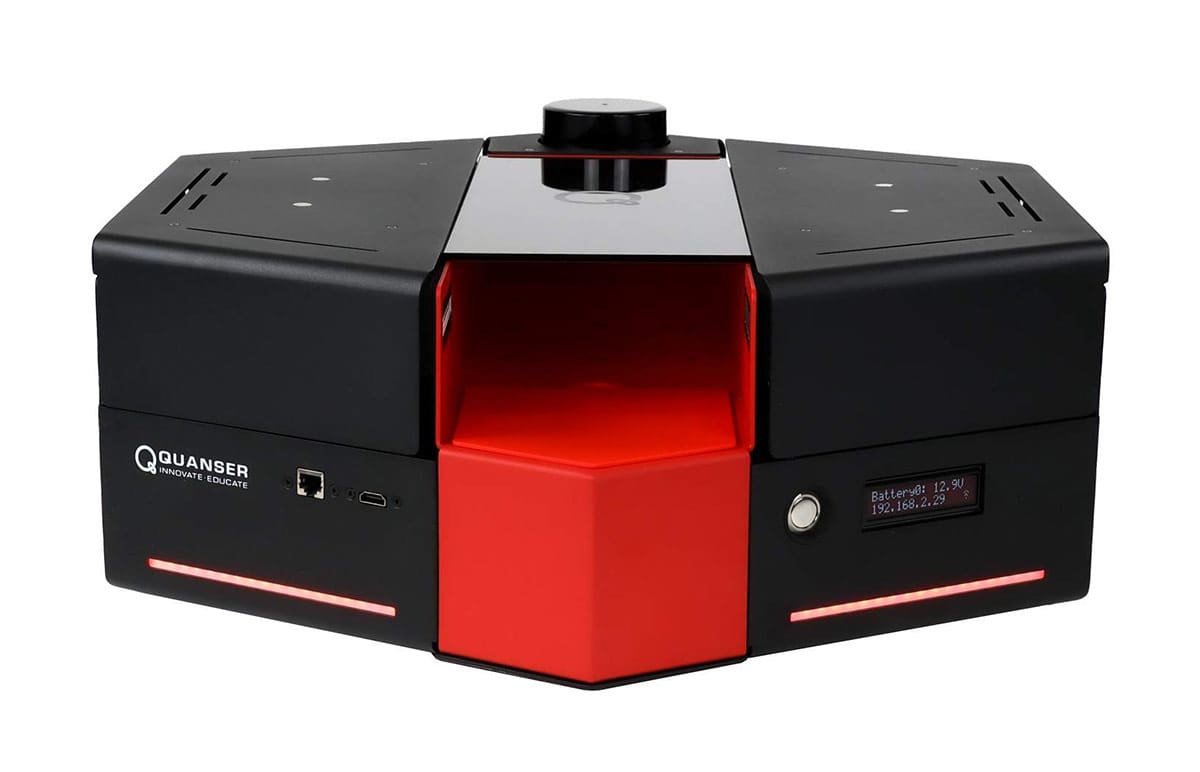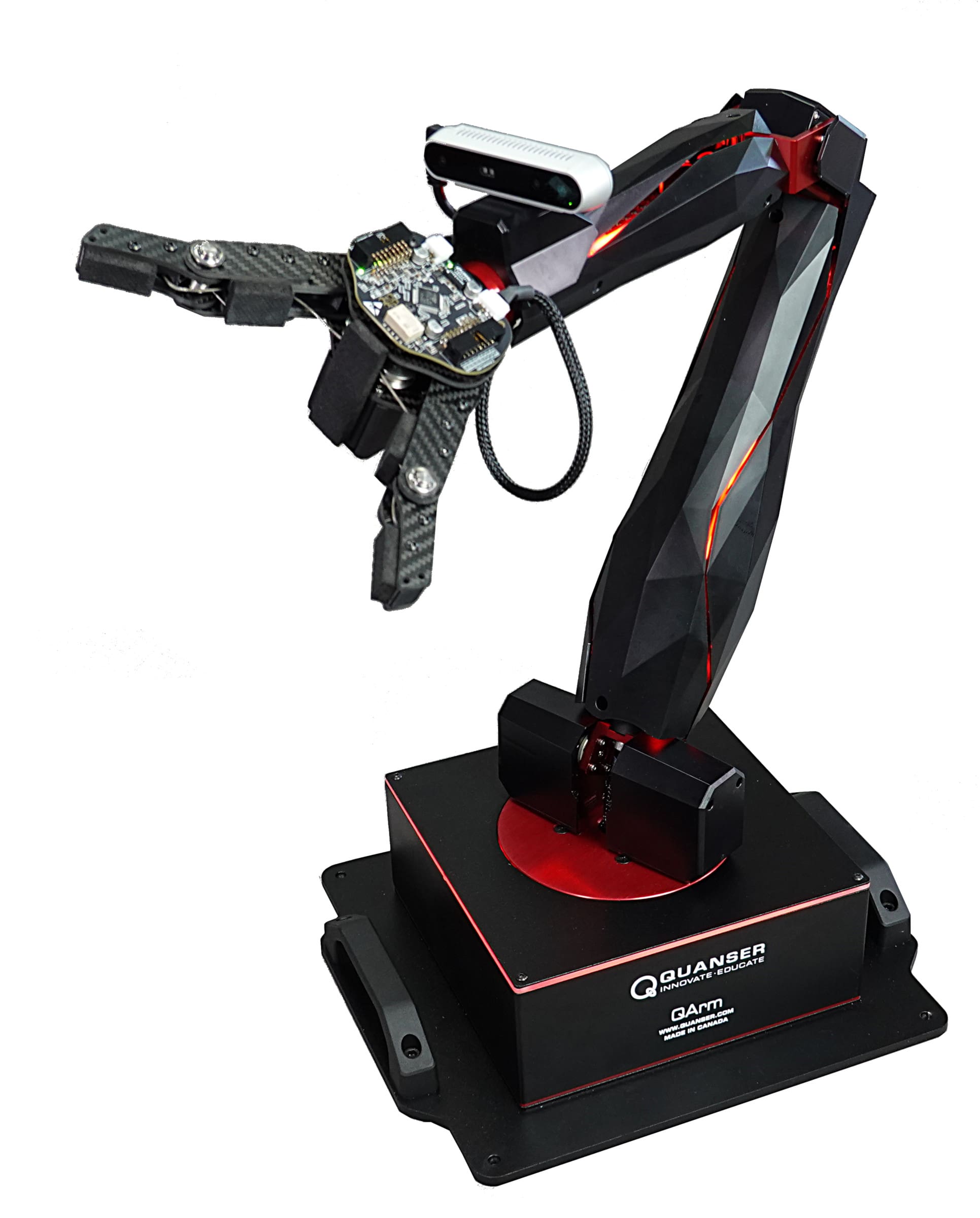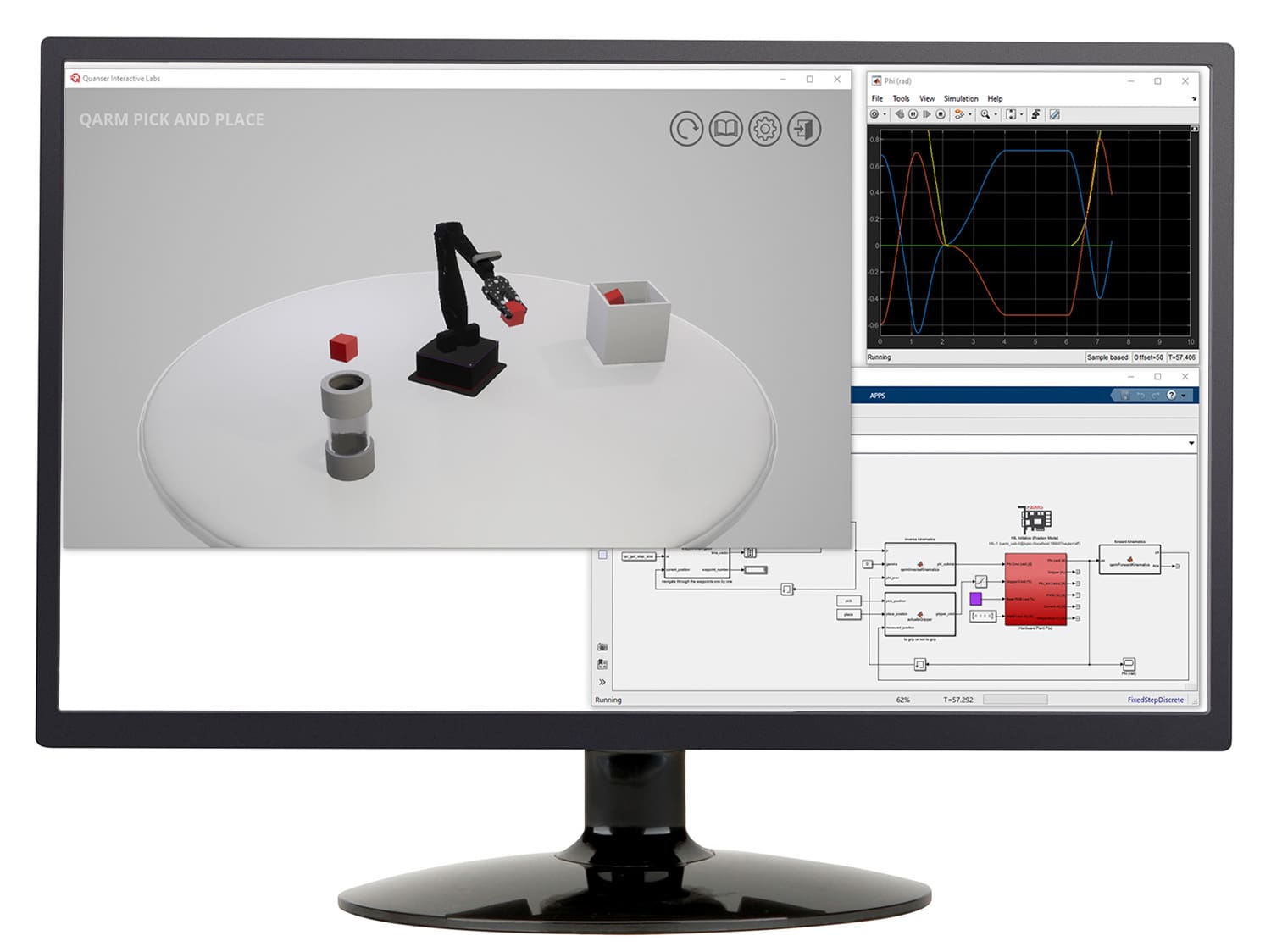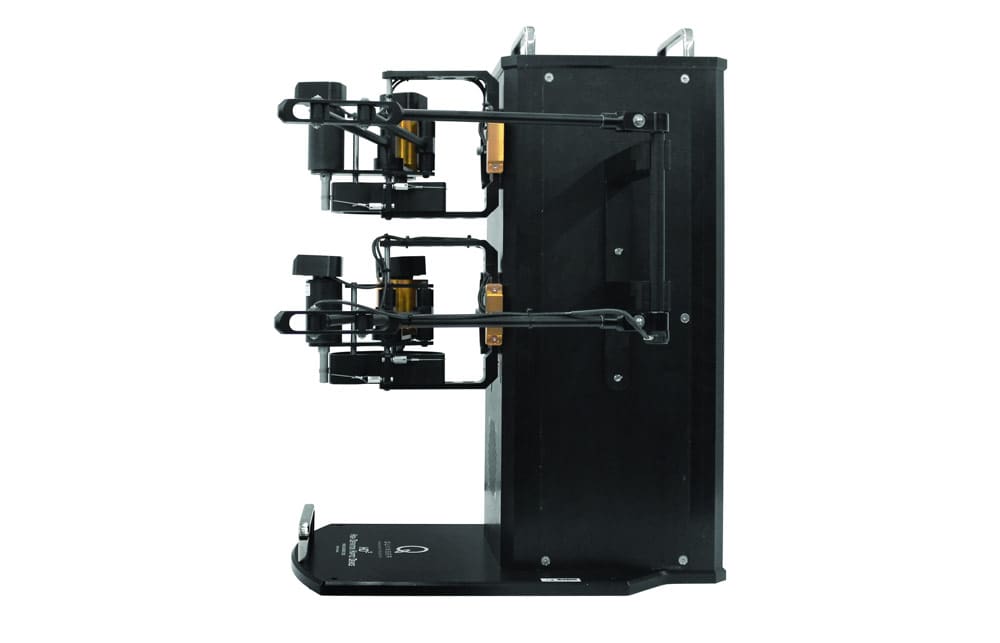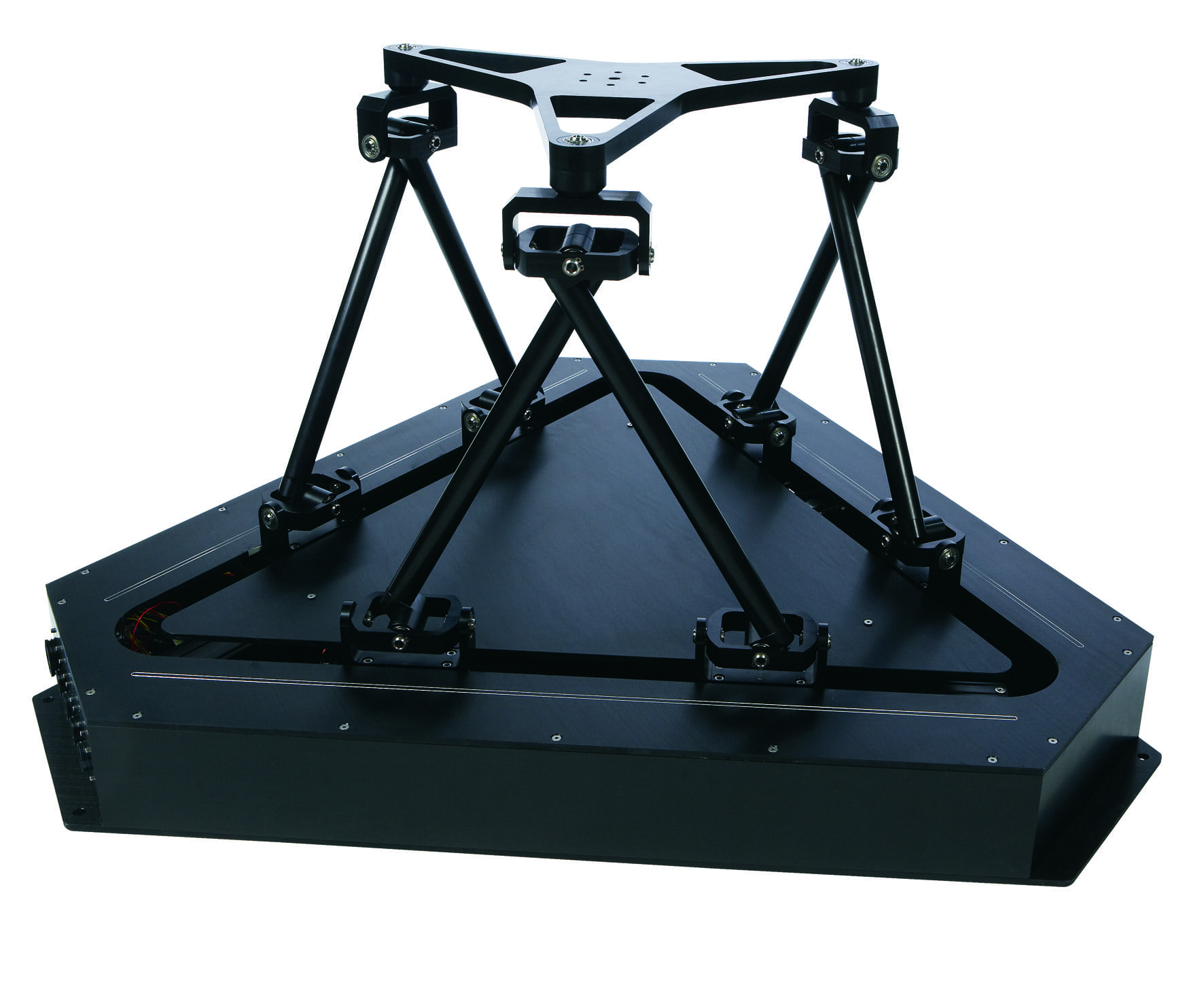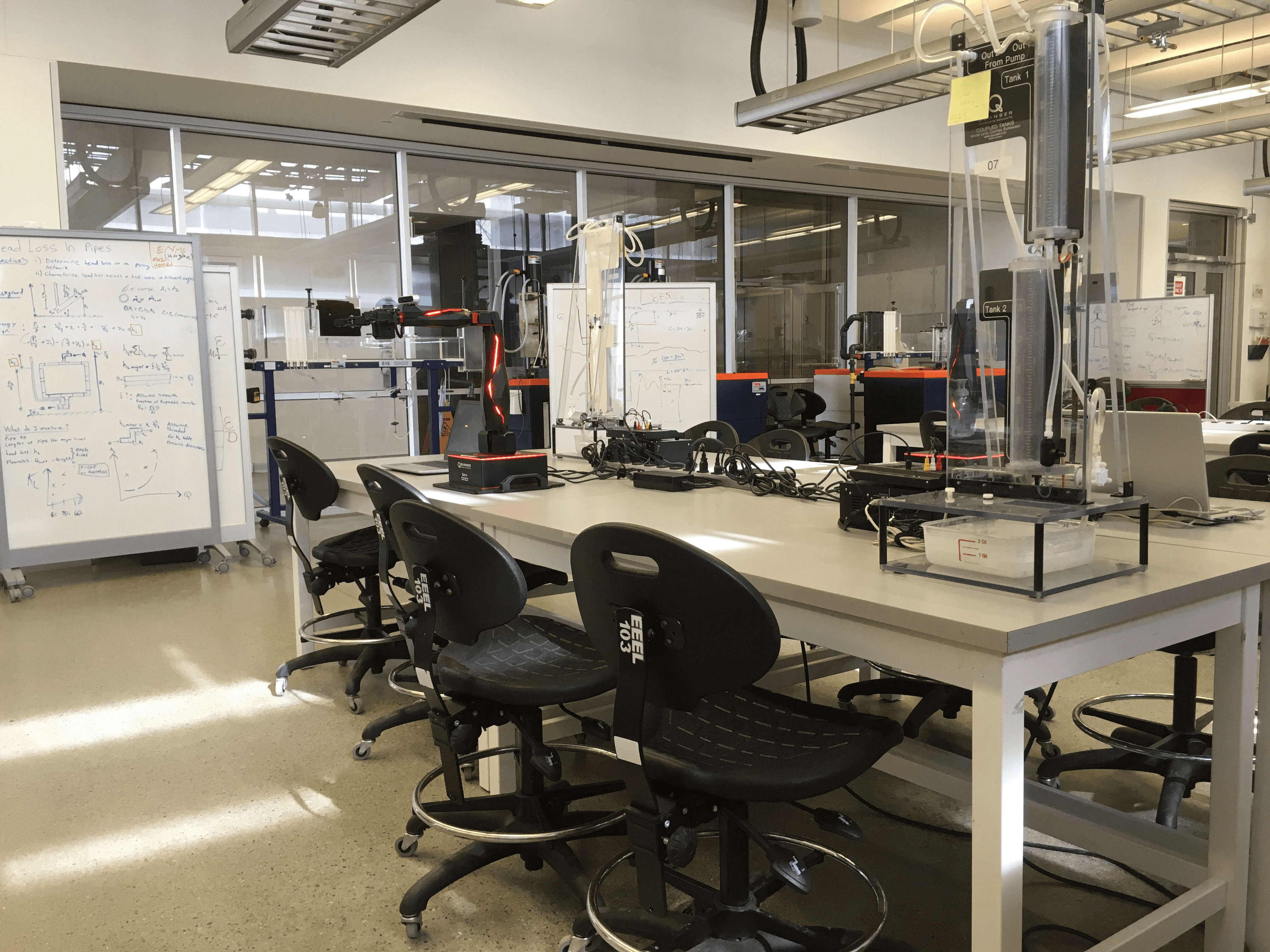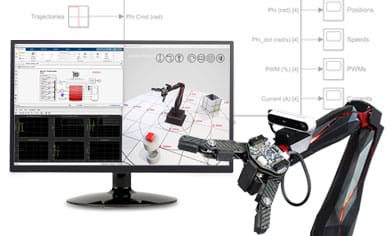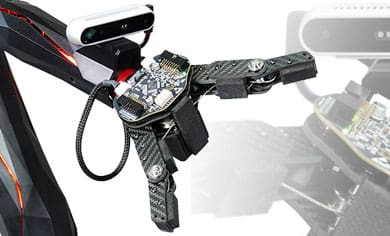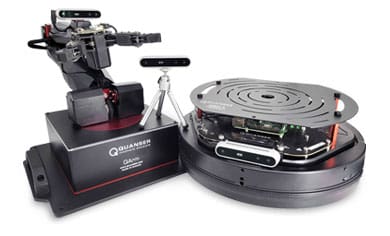Robotics & Mechatronics
The Quanser Robotics and Mechatronics Lab offers a collection of versatile manipulator and mobile platforms that can be used to give students exceptional hands-on learning experiences and researchers powerful open-architecture configurable platforms to accelerate innovative research.
View Products
About This Lab
As the potential applications for robotics and automation systems have grown over the last several decades, the need for multipurpose academic robotics and mechatronics labs that can be used to teach fundamental concepts and research potential applications has become irrefutable. The software and electromechanical flexibility of these platforms give unprecedented access to powerful and robust systems that can serve as a core element of a student's academic career, from introductory mechatronics, robotics, controls, and intelligent systems concepts to design projects, capstone, and graduate-level research.
-
Comprehensive Platforms for Mechatronics Education: QBot and QArm
The Robotics and Mechatronics Lab is built around a versatile set of platforms that are designed to teach the fundamentals of mechatronics, manipulator robotics, mobile robotics, and many of the associated theories and algorithms. The Robotics and Mechatronics lab systems can also easily extend across a variety of courses and years, bridging into course projects, capstone, and graduate research. Beginning with the QBot Platform, the teaching side of the lab is structured as a collection of "pipelines" that scaffold experiences for students that are centred on problem-based core skill-building activities in mobile and manipulator robotics. The introductory pipelines cover the basics of kinematics and control, while the more advanced pipelines extend into navigation, localization, and path planning before combining both sets of outcomes to extend into task management, communication, and sensor fusion. More advanced manipulator courseware resources are built around the QArm, to take students deeper into manipulator robotics theory and algorithms, extending the curriculum topics into more advanced applications of control and image processing.
-
Open-Architecture Lab: Project and Research Opportunities
Beyond the teaching applications that the Robotics and Mechatronics Lab can immediately facilitate, the open-architecture design of the lab platforms and software architecture make the lab an ideal studio for projects and research. The systems that are part of the lab can be customized both electromechanically and in software to validate a wide variety of research applications and design concepts, bringing an efficient, reliable, and sustainable set of tools and platforms to generations of course and research projects.
-
QUARC Software and Language Diversity
To ensure the versatility of the lab platforms, QUARC real-time software for MATLAB Simulink and our Quanser APIs are included to ensure that students and researchers can develop and deploy controllers using several languages. The QUARC libraries that are included in the QUARC package and our academic resource libraries for Python further accelerate the development cycle to make testing and validation quicker and easier than would be possible with standard libraries and tools.
-
Off-Campus Learning with High-Fidelity Digital Twins
To further expand the versatility of the lab systems and improve accessibility and the overall teaching and research potential of the Robotics and Mechatronics Lab, each lab comes with a set of high-fidelity digital twins that give students and researchers the ability to work with virtual hardware platforms off-campus in almost the same way they would work with the real systems. This opens up a wide variety of options for students to spend more time exploring the algorithms they're developing, tuning and validating their design approaches, prototyping algorithms and robotic systems, and even creating entire robotic teams to solve ambitious challenges or real-world applications of smart manufacturing, logistics, machine learning, and more.
